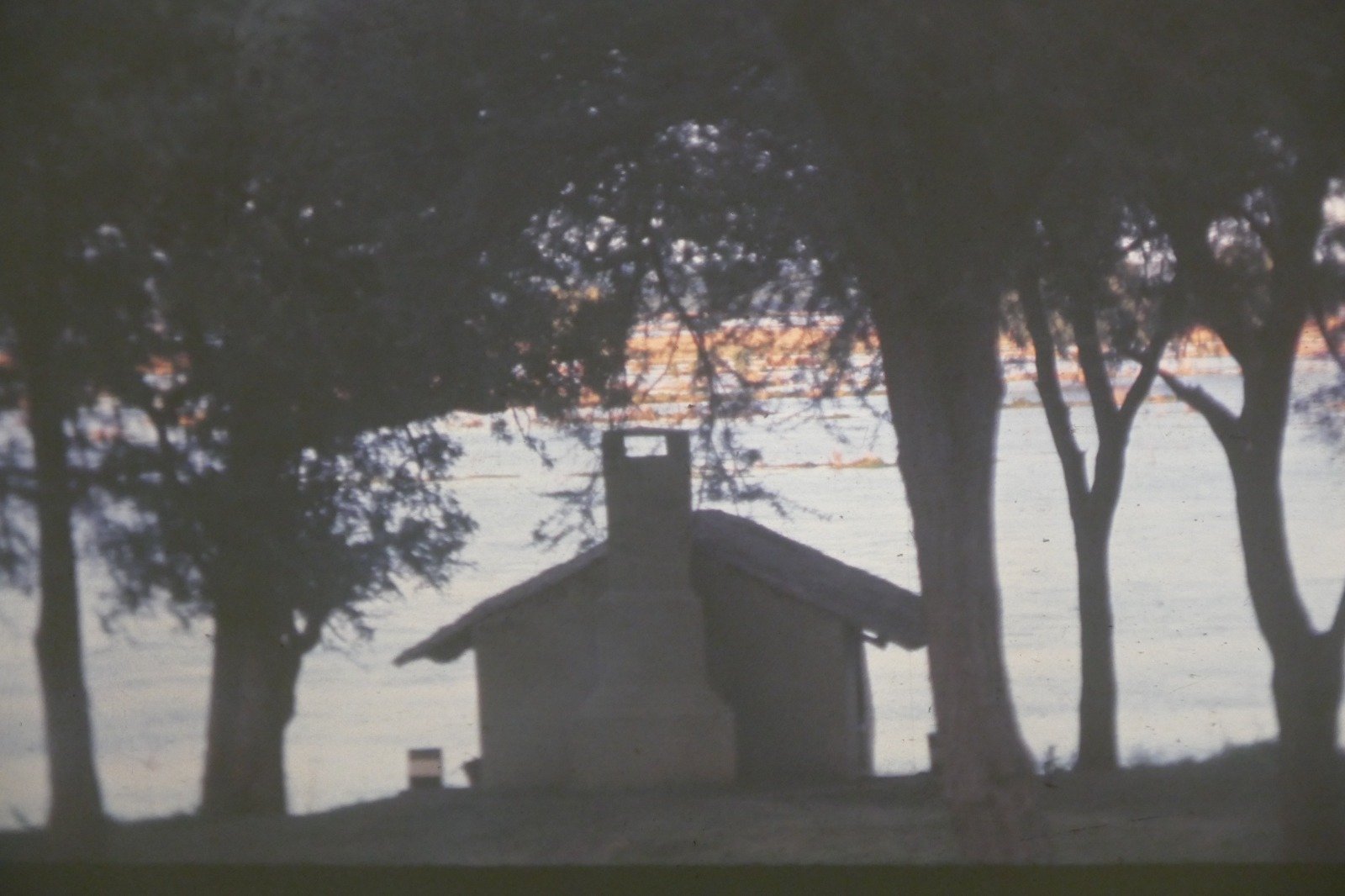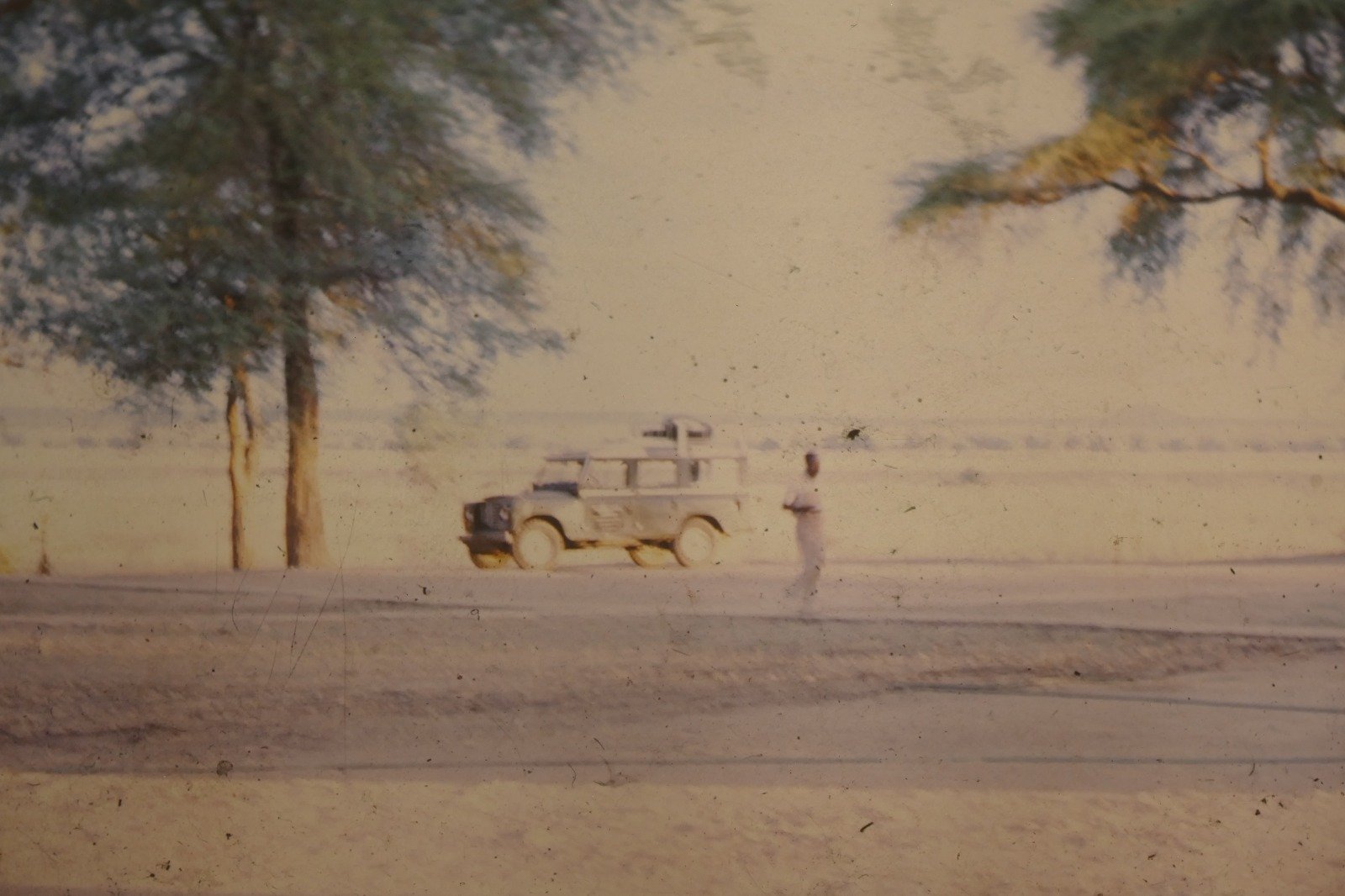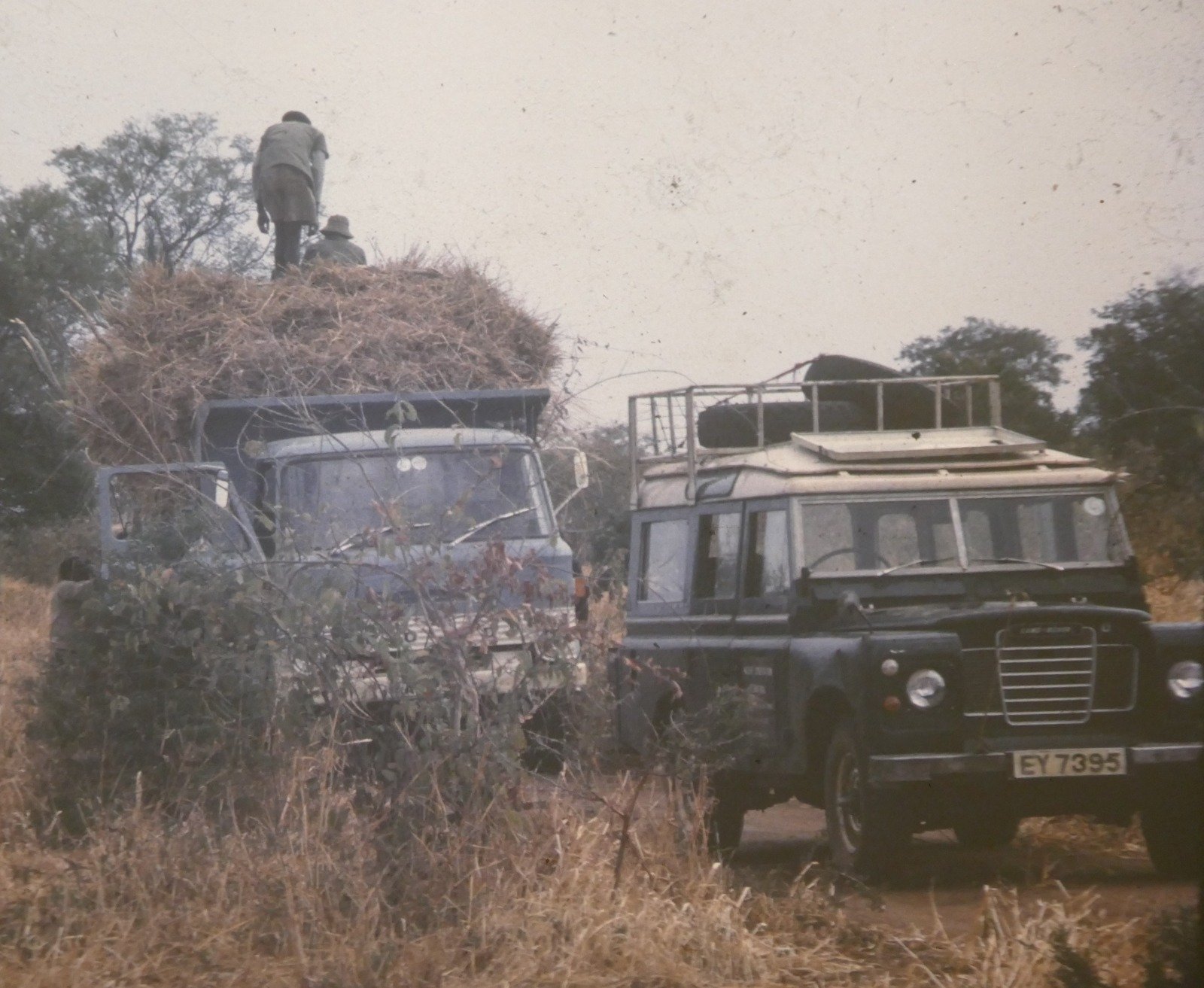From Hunting Grounds to National Park: The Evolution of Lower Zambezi National Park
Exploring the history of the Lower Zambezi National Park is like delving into a treasure trove of wildlife conservation and preservation stories. In a recent email exchange, Robin Pope, the legendary Zambian guide, who worked as a field assistant with Wildlife Conservation International, shared his experience with the Old Mushika Camp, which was a part of the larger project to establish the Lower Zambezi National Park.
The project was initiated in the early 1970s, when Wildlife Conservation International received the management contract for the area that is now the Lower Zambezi National Park from the Zambian government. The aim was to develop the infrastructure, staff, and research for the wilderness area and change its status from a hunting area to a national park.
Photographs of Lower Zambezi National Park in the 1970’s, courtesy of Robin Pope
Robin's connection with Old Mushika Camp dates back to the years 1973 and 1974 when he worked as a field assistant responsible for repairs to the camp and basic roads. The camp was previously a hunting camp, but its history prior to that is unclear. Despite its promising start, the project faced political difficulties, and donors became hesitant to commit funds. The project finally collapsed in 1974 or 1975. However, one silver lining was that the area's status was changed from Hunting area to National Park status in late 1973 or early 1974. It was gazetted as "The International Game Park," which later became the Lower Zambezi National Park.
In the late 1970s, the park was closed due to the border situation between Zambia and Rhodesia (now Zimbabwe), and the National Parks and Wildlife Service replaced WCI at Mushika in late 1974. The area remained closed until after Zimbabwe achieved its freedom in 1980. It reopened in the late 1980s, but there was an issue with landmines, and de-mining took place.
In the 1990s, Malcolm Freed, who had close links with the then-president of Zambia, Dr Kaunda, was tasked with opening a lodge for the president using the Old Mushika site. The lodge, which is now known as the KK Lodge, the ruined structures remain much the same as when he was there.
The vegetation at Old Mushika site has changed remarkably since the 1970s. Between the gulley in front of the camp and the Zambezi, there used to be a grass-covered island with just an occasional Winterthorn tree. Wild dogs used to hunt across this island, and roan antelopes were commonly seen between Mushika and the Musenshenshi river. One of the roans was even white! Elands occurred in the Jeki area, Hartebeest up towards the Chakwenga mine, and rhinos were occasionally seen on the Jeki plain and in the Rufunsa valley.
Robin's experience provides a glimpse into the fascinating history of the Lower Zambezi National Park. It is a testament to the hard work of many individuals who fought to preserve this beautiful wilderness area for future generations to enjoy. The park is now a popular destination for tourists from all over the world who come to witness the stunning scenery and incredible wildlife.







